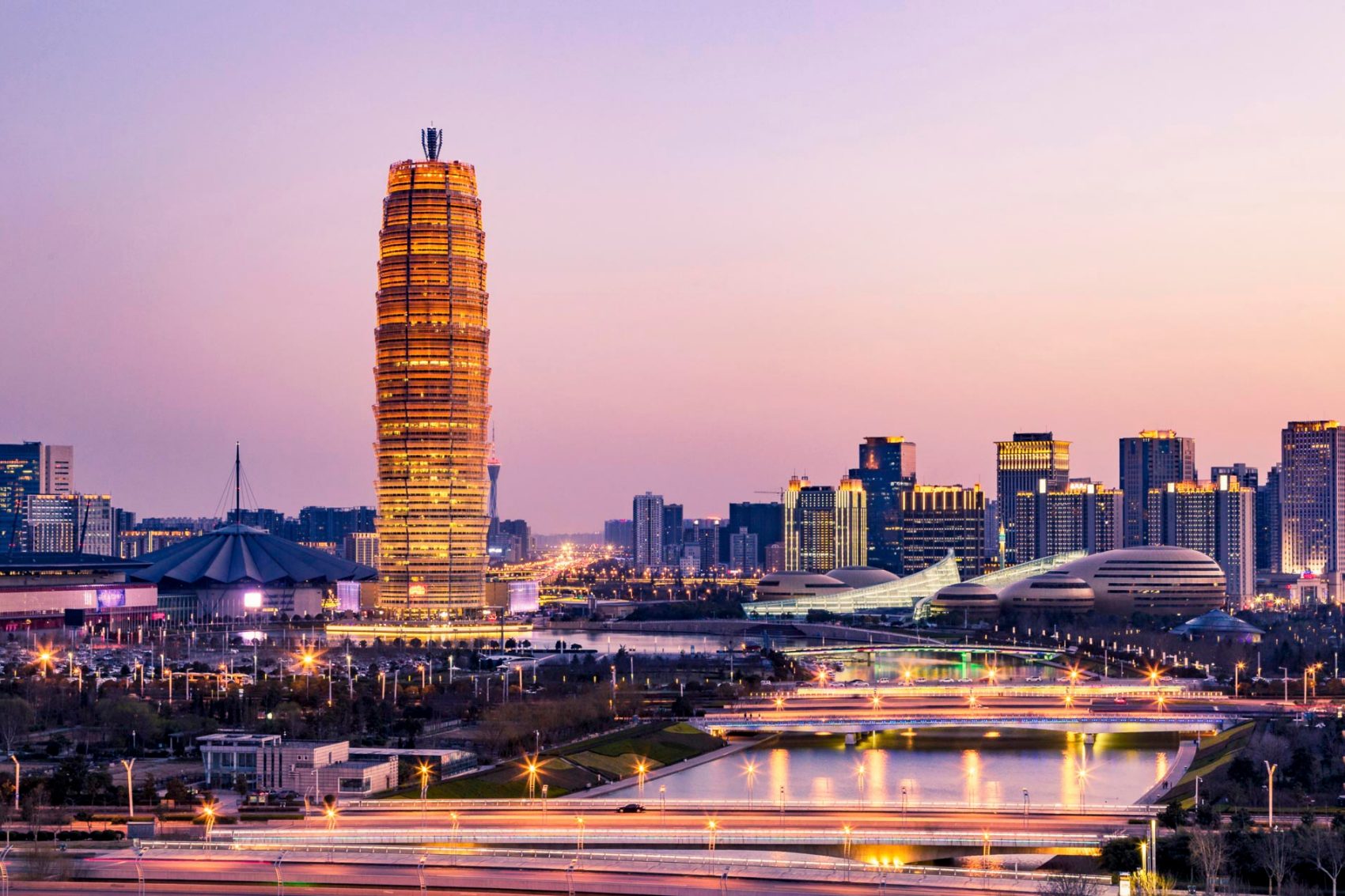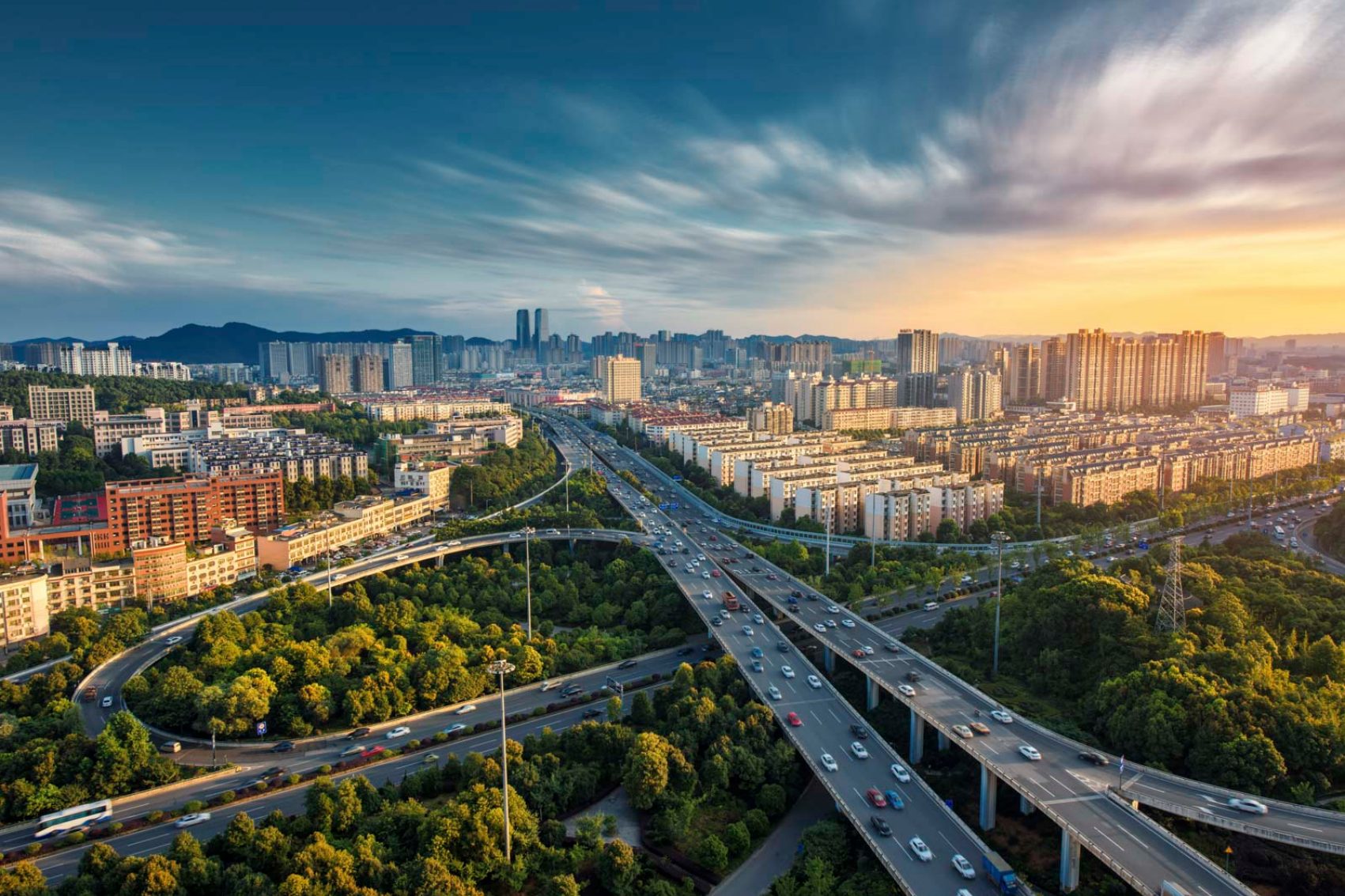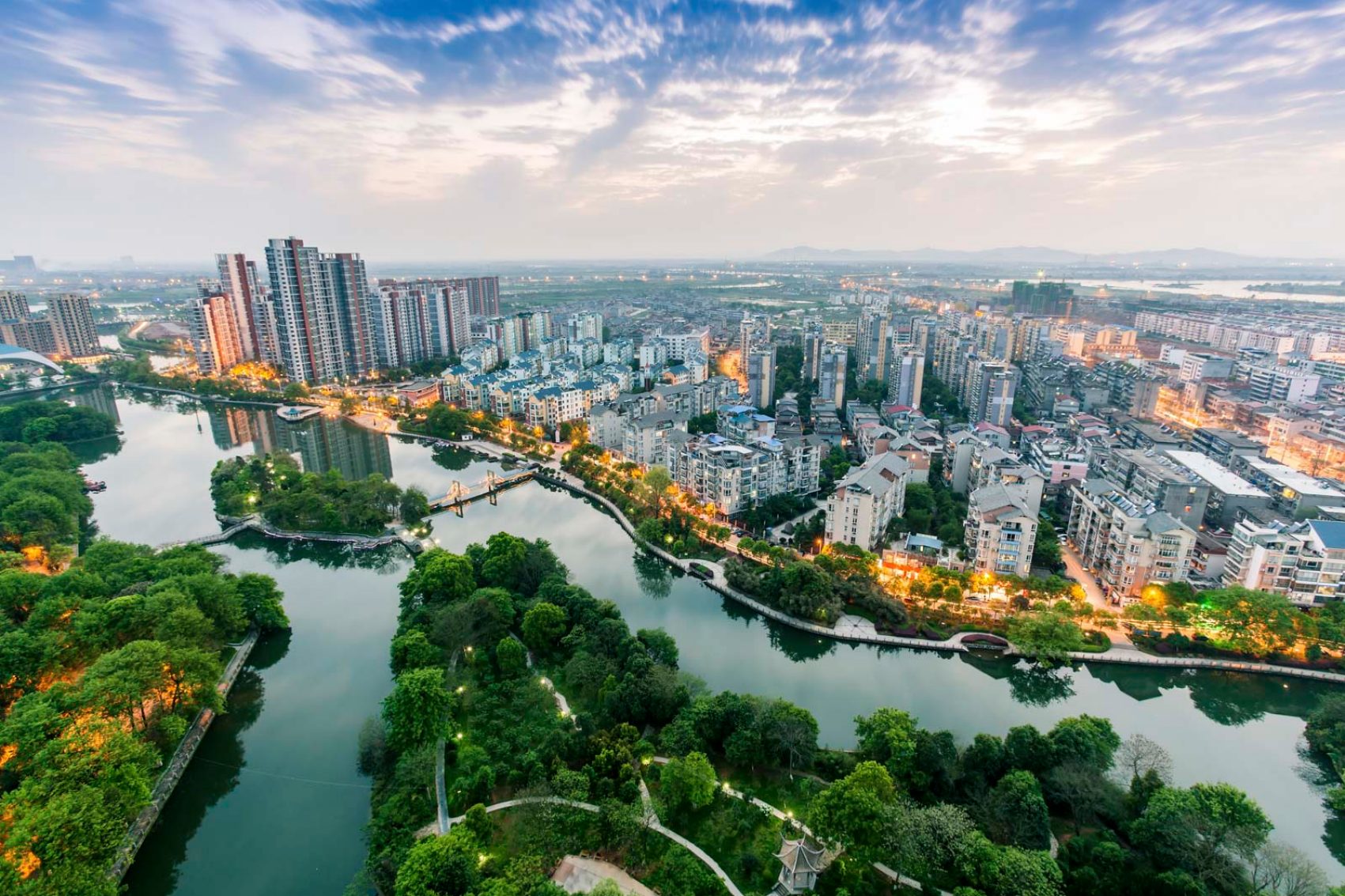9 emerging innovation hubs in China

The world has already started to wake up and take notice of the innovation flowing out of China from tech manufacturing megacities like Shenzhen and Guangzhou, cosmopolitan Shanghai, and Beijing, where the Zhongguancun district has been dubbed China’s Silicon Valley.
But what about those emerging Chinese powerhouses you might not have heard of? With well over a hundred urban centres of more than one million people, it’s hard to predict where the next hotbed of innovation will gain in China. But here are nine cities worth watching.
Zhengzhou: population 10.1 million
The capital city of Henan province produces around half the world’s iPhones at its Foxconn production lines in the Zhengzhou Airport Economic Zone (ZAEZ). This landmark development is China’s first special economic zone centred on an airport, allowing for seamless international logistics. The ZAEZ is already five times the size of Manhattan and responsible for more than half the trade revenue of the province. The city of Zhengzhou is also a leading automotive centre with companies like Tiamaes creating transport solutions, from electric vehicle supercharging stations to smart payment systems.
Changsha: population 7.4 million

Credit: Shutterstock
A leader in creative industries, Changsha develops many of China’s top TV shows – specifically at Malanshan, a purpose-built arts and creative hub occupying a greenfield space on the edge of the city. Changsha is also the headquarters of Mango TV , an internet platform with about 50 million daily users. With 13 per cent of locals working in the creative industries, it’s no surprise that, in 2017, Changsha became the first in China to be recognised as a Unesco Creative City in the media arts.
Xiamen: population 3.5 million
Xiamen is one of China’s new breed of tech cities, where thousands of companies operate in the areas of robotics, AI, big data, VR, e-commerce, mobile software, gaming and the Internet of Things. Smartphone software is also big business, spearheaded by the adored selfie app Meitu , which counts nearly a billion users worldwide. The city’s growing success is spurred on by the high quality of life – clean coastal air, a vibrant arts and design scene and urban innovations like the world’s longest elevated cycle path make Xiamen attractive to China’s brightest young minds.
Nanjing: population 8.3 million
Nanjing has rebranded as a greener, cleaner and cheaper alternative to its eastern neighbour Shanghai. One of the first Chinese cities to deploy a smart-city strategy, Nanjing attracts tech enterprises through incentives like start-up funds, tax rebates and free office space. Energy-saving technologies, ‘new energy’ vehicles (including electric battery cars, hybrids and fuel cell electric vehicles) and other emerging industries are taking over from Nanjing’s traditional dominance in chemicals, cars and heavy manufacturing. The local tech drive is further strengthened by the numerous R&D centres hosted by Fortune 500 companies from both China and overseas.
Fuzhou: population 7.7 million

Credit: Getty Images
Capital of Fujian province, this port city was designated by the National Ministry of Science and Technology as a ‘national innovation pilot city’ in 2010, and has since become a testing ground for healthcare big data centres and home of the Fuzhou Science and Technology Park, a tech incubator and one of the drivers of the city’s success. In 2018, Fuzhou hosted the first Digital China Summit, an expo of homegrown innovations, from driverless buses and delivery vehicles to smart wearables. Along with neighbour Xiamen, Fuzhou has made inroads in the video gaming industry, launching globally successful games and establishing an e-sports association in 2018.
Ningbo: population 7.6 million
Despite being in the shadow of Shanghai, the coastal city of Ningbo boasts one of the busiest deep-water ports in the world along with a massive domestic market that drives growth and innovation. AI, robotics and new energy vehicles are all flourishing sectors, benefiting from a raft of government-sponsored R&D centres established in 2018. Ningbo-designed supercapacitor electric buses – which can be recharged at stations en route in just 10 seconds – are being rolled out citywide, dramatically reducing energy usage and pollution.
Xi’an: population 12 million
Xi’an was the origin city of the fabled Silk Road trade route, and President Xi’s Belt and Road initiative (effectively a Silk Road 2.0) has once again put this ancient capital on the map – now positioned as a major technology hub. Government funding is supporting new innovation centres, like home appliance maker Suning’s RMB2 billion (HK$2.3 billion) research facility in the Xi’an Hi-tech Industries Development Zone. E-commerce giant Alibaba has followed suit by establishing offices here, as have Microsoft, Huawei, Tencent, Samsung and Schneider.
Kunming: population 6.6 million

Credit: Shutterstock
Known for its laid-back vibe and pleasant climate, the capital of Yunnan province has appealed to those looking to relocate from the hectic east. Now the goal is to turn Kunming into the gateway to a far wider region. Construction has begun on a rail link to Vientiane in Laos – and China hopes that eventually it will stretch all the way to Singapore. Costing an estimated RMB34 billion (HK$40 billion) and due to open in the mid-2020s, the railway is part of President Xi’s Belt and Road programme. Meanwhile, the city itself is spurring innovation through the Kunming High-Tech Industrial Development Zone, and the Growing AI Industry Park, Yunnan’s first artificial intelligence-focused business zone.
Qingdao: population 9.1 million
The northeastern city of Qingdao has been moving up the value chain – from exporter of Tsingtao beer to tech incubator. Hyundai, General Motors and Caterpillar have set up operations, and Amazon runs an innovation centre for start-ups eager to expand into the China market. Haier , the home appliances maker, has developed more than 1,500 projects and incubated 2,500 micro-businesses through its innovation platform, iHaier. Government schemes promoting entrepreneurship are attracting even more tech-savvy start-ups to Qingdao, which, thanks to its clean air, bathing beaches and German colonial architecture, is heralded as one of China’s most liveable cities.
Hero image: Shutterstock
Related Stories:
How China’s Most Innovative Cities Are Taking on Silicon Valley
China’s Top New Business Hotels
5 restaurants to visit in Guangzhou
Chinese Mainland travel information
- China – the Chinese Mainland, Hong Kong SAR, Macao SAR and Taiwan Region
- Hong Kong SAR - English
- Chinese Mainland (China) - English
- Taiwan China - English
- 香港特別行政區 - 繁體中文
- 中国內地 - 简体中文
- 中國台灣 - 繁體中文
- Africa
- South Africa - English
- Americas
- Canada - English
- Canada - Français
- United States - English
- Asia
- Bangladesh - English
- Korea - English
- Singapore - English
- Cambodia - English
- 한국 - 한국어
- Sri Lanka - English
- India - English
- Malaysia - English
- Thailand - English
- Indonesia - English
- Maldives - English
- ประเทศไทย - ภาษาไทย
- Indonesia - Bahasa Indonesia
- Myanmar - English
- Vietnam - English
- Japan - English
- Nepal - English
- Việt Nam - tiếng Việt
- 日本 - 日本語
- Philippines - English
- Australasia
- Australia - English
- New Zealand - English





.renditionimage.450.450.jpg)

